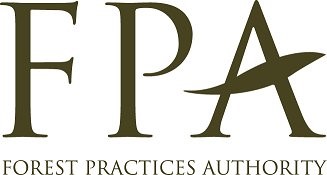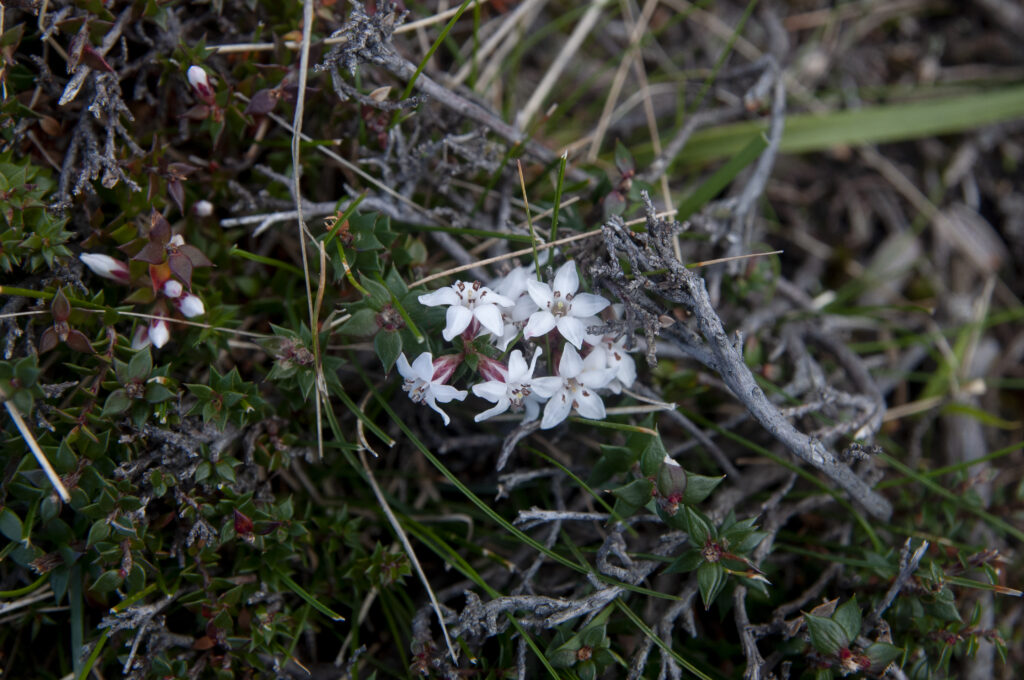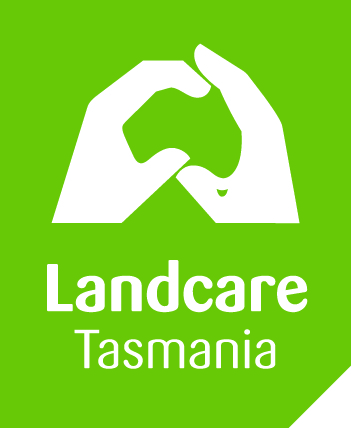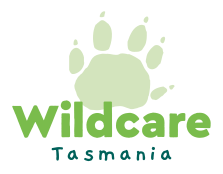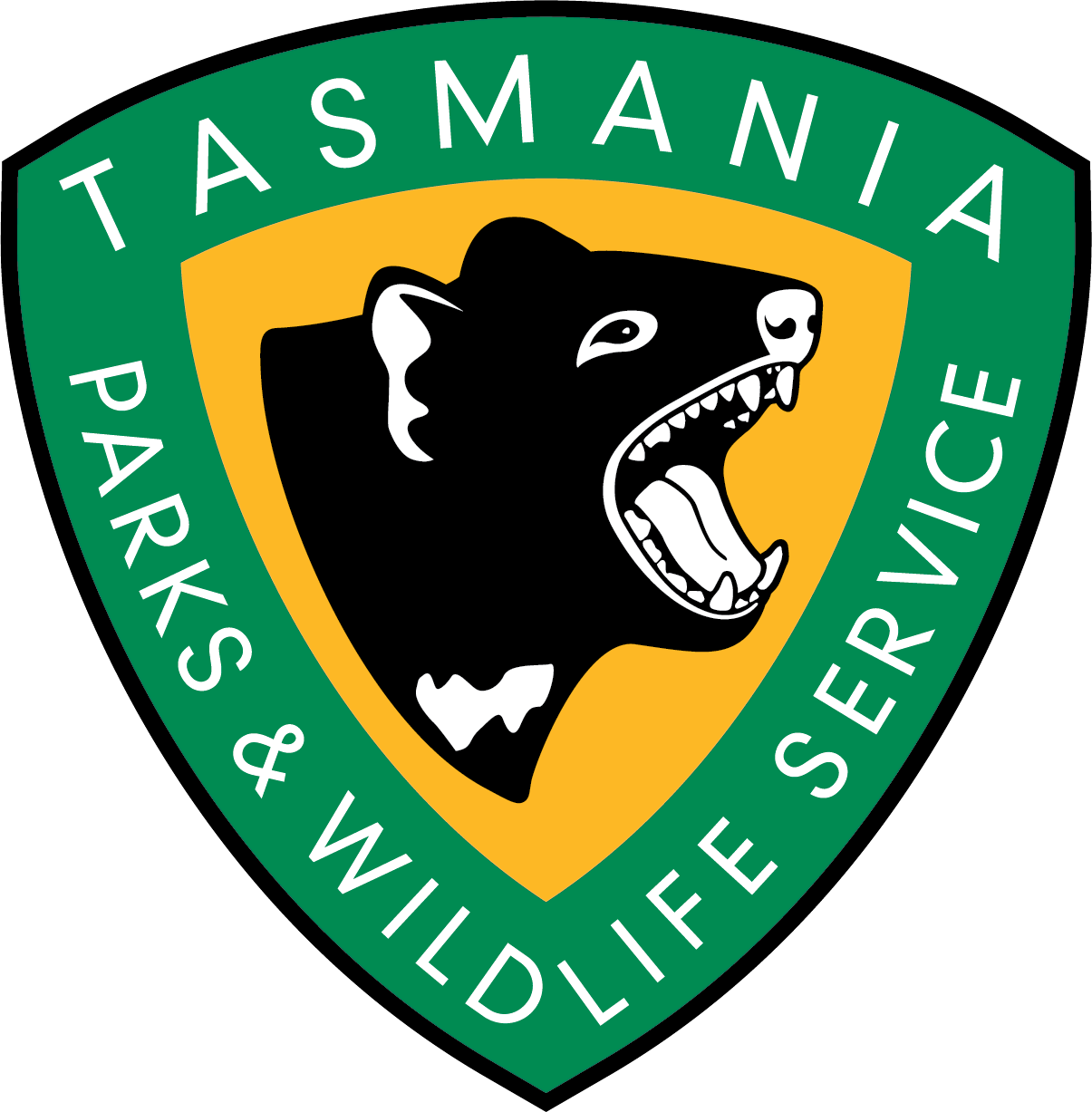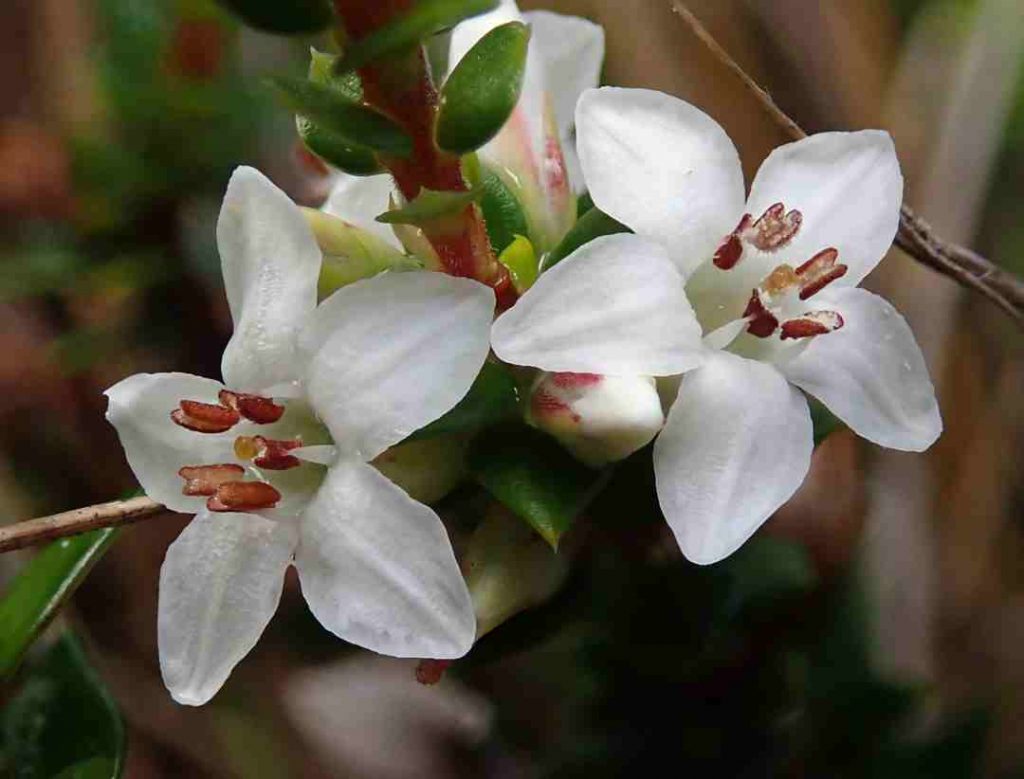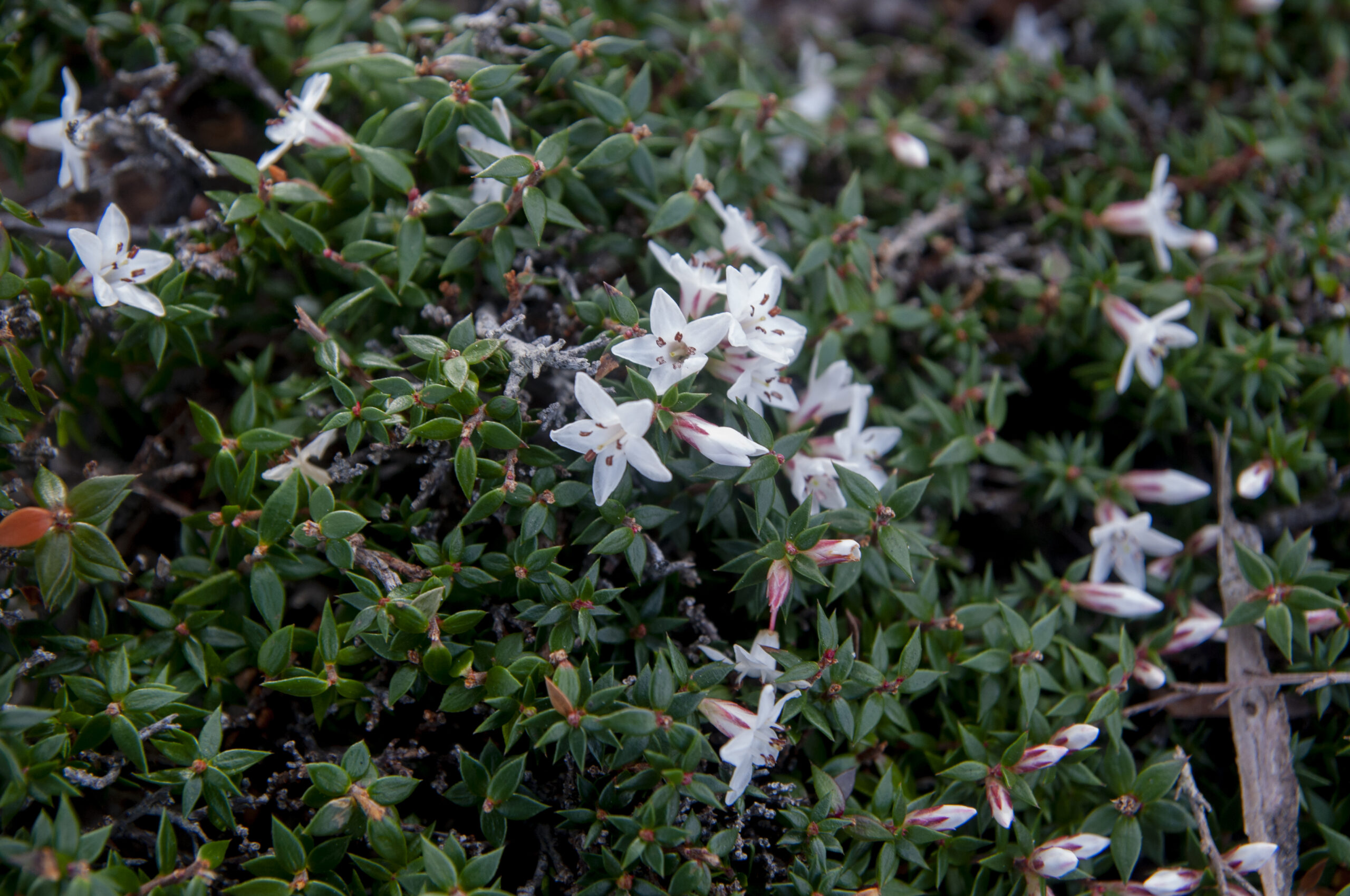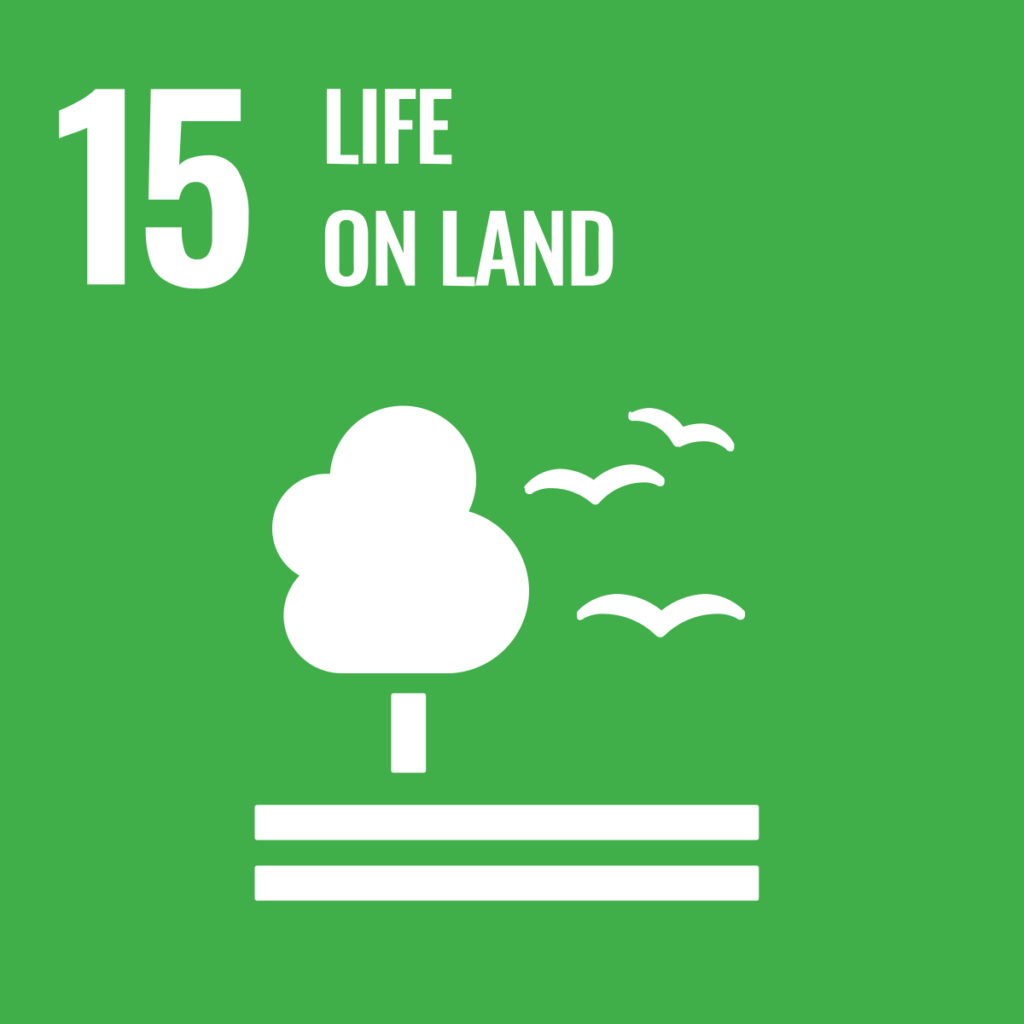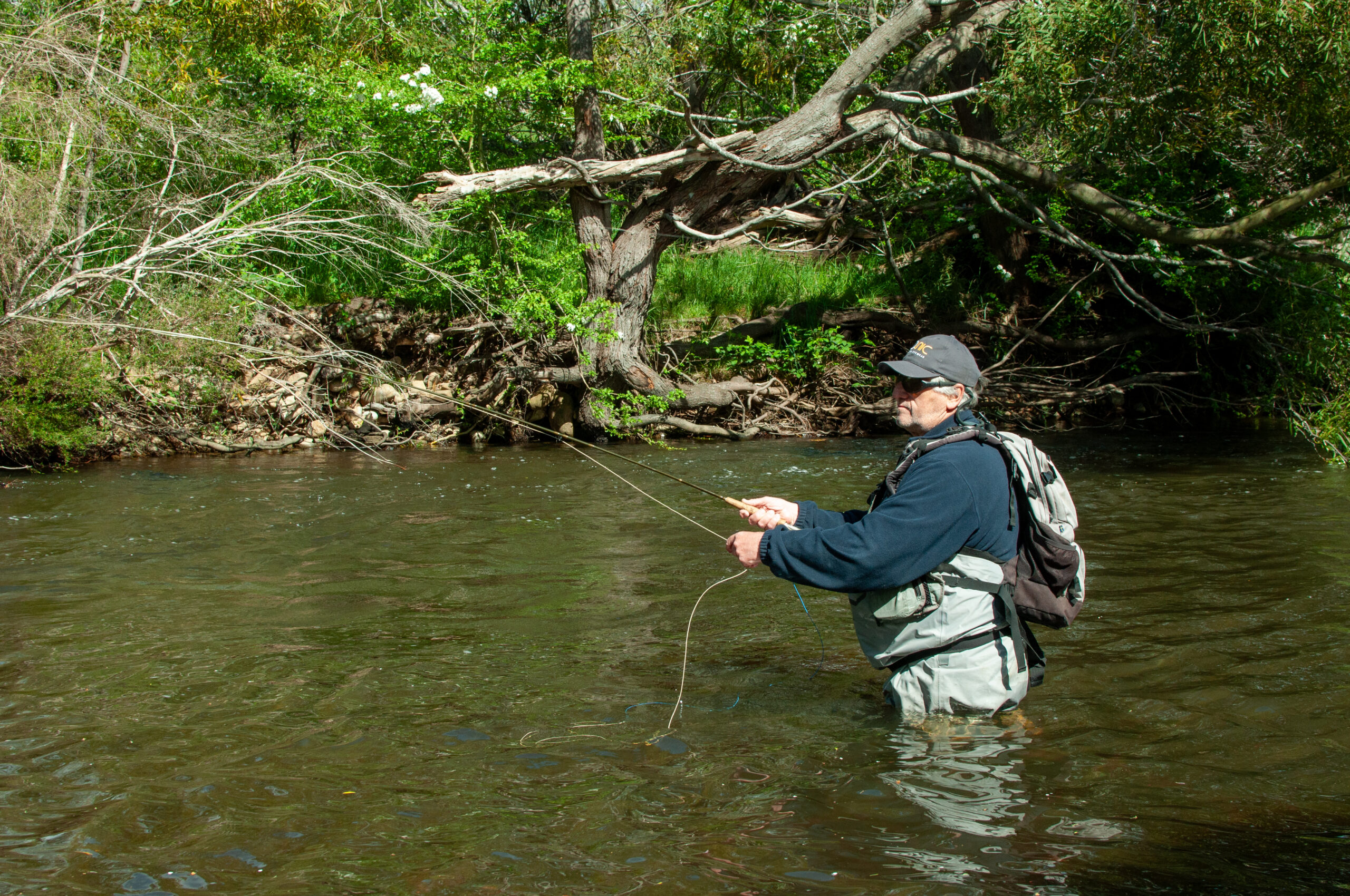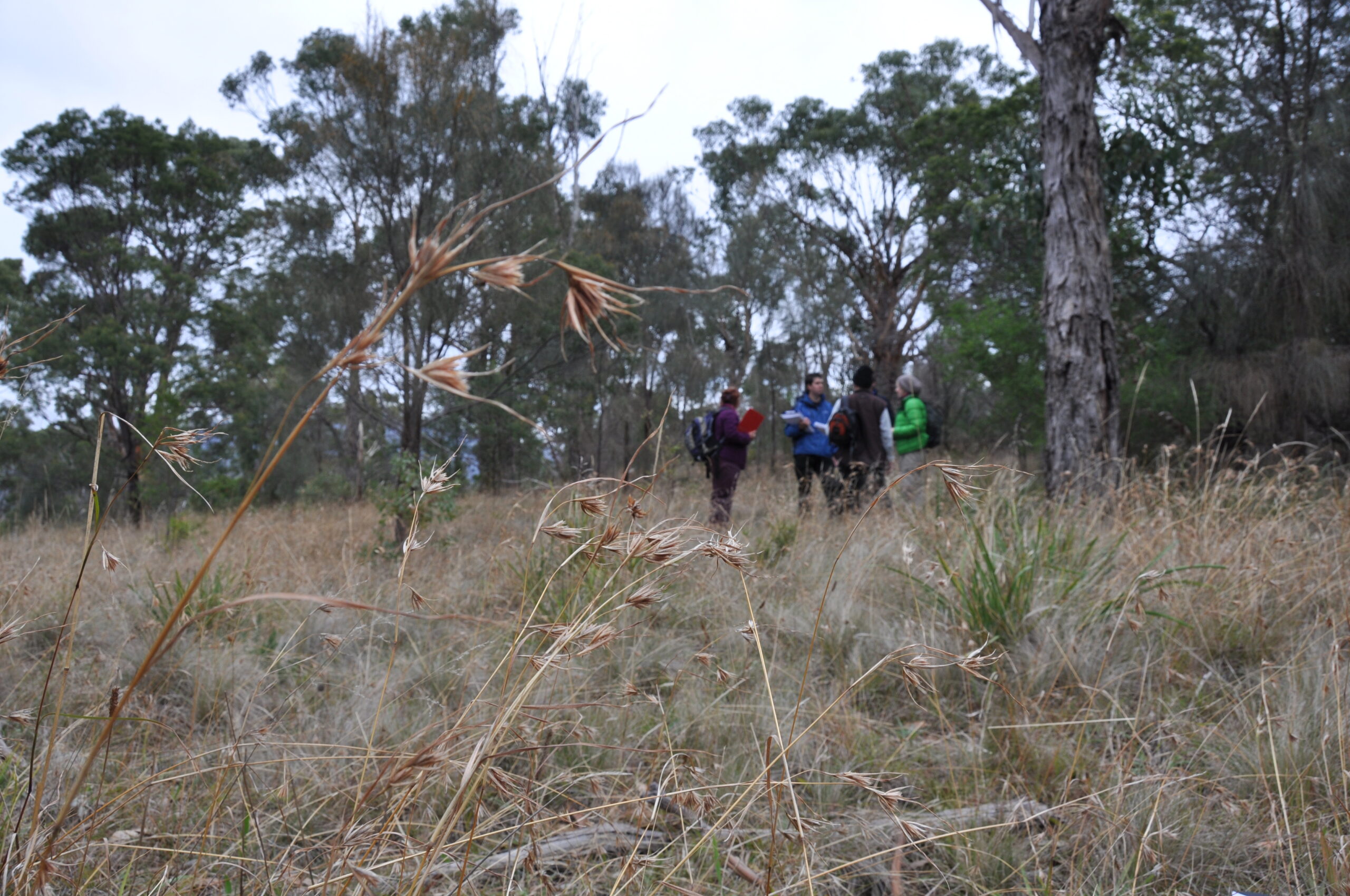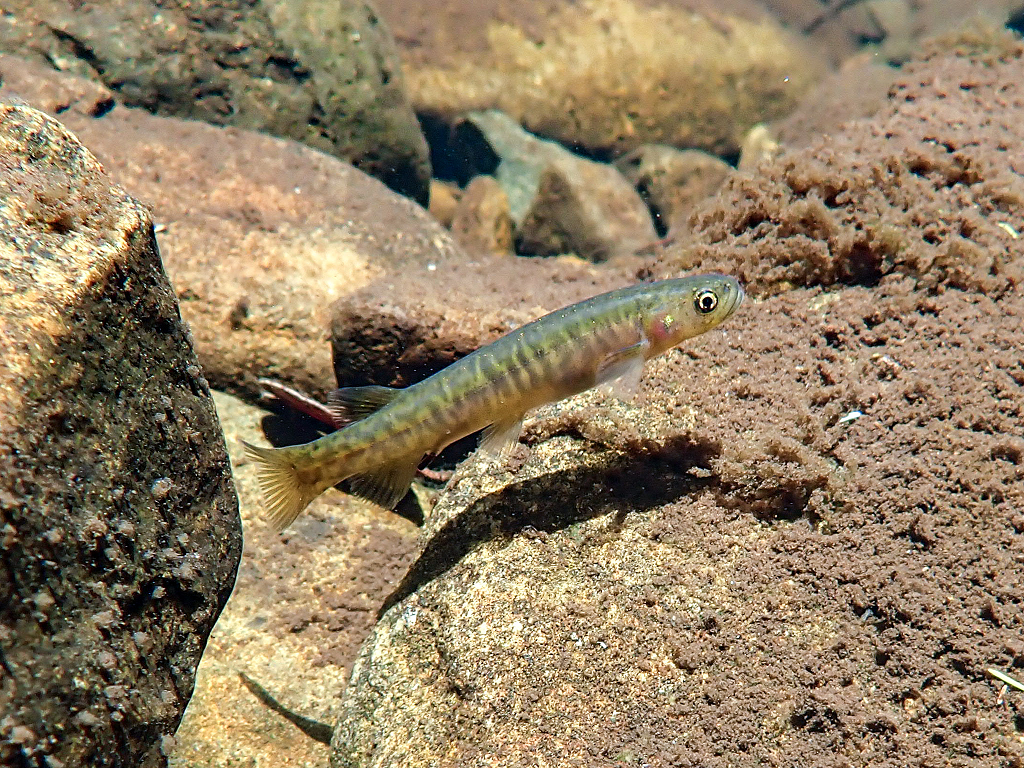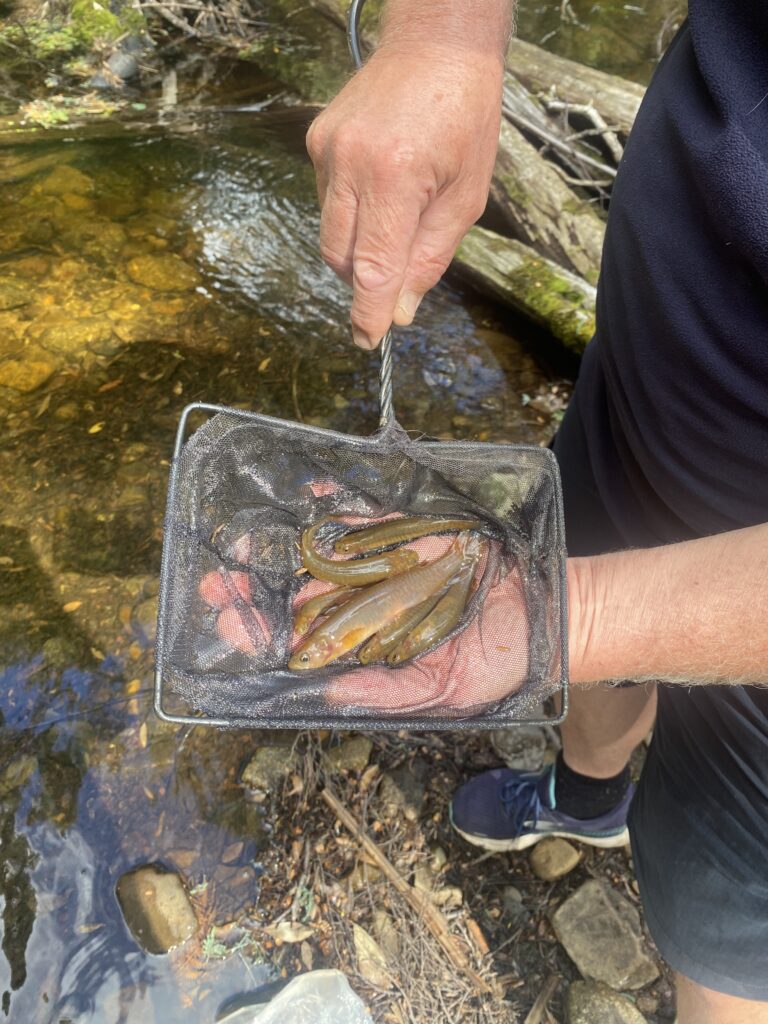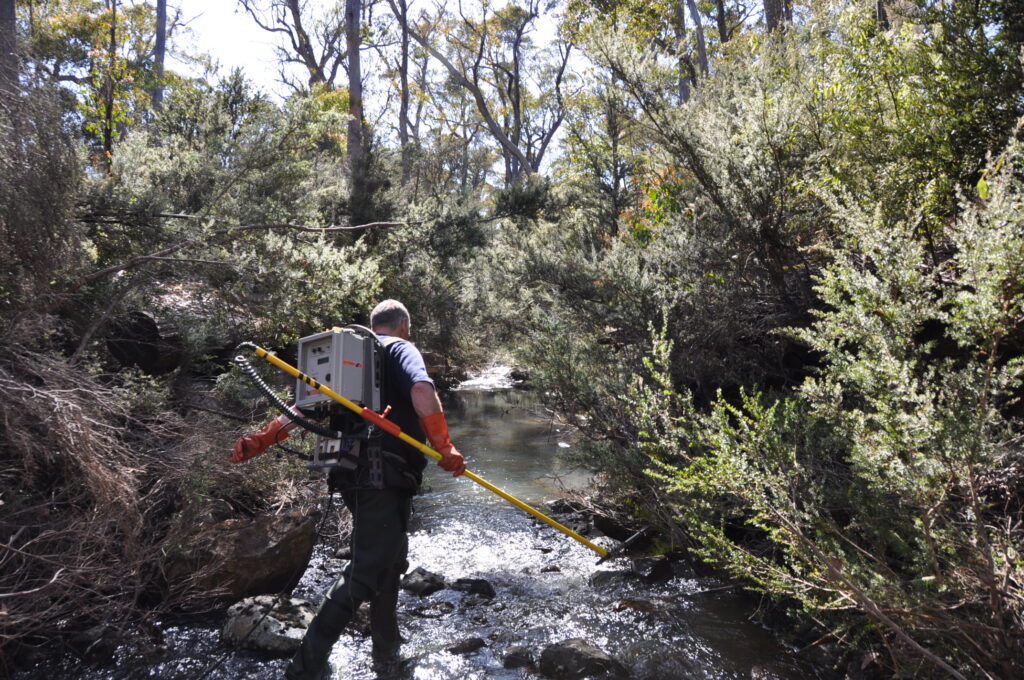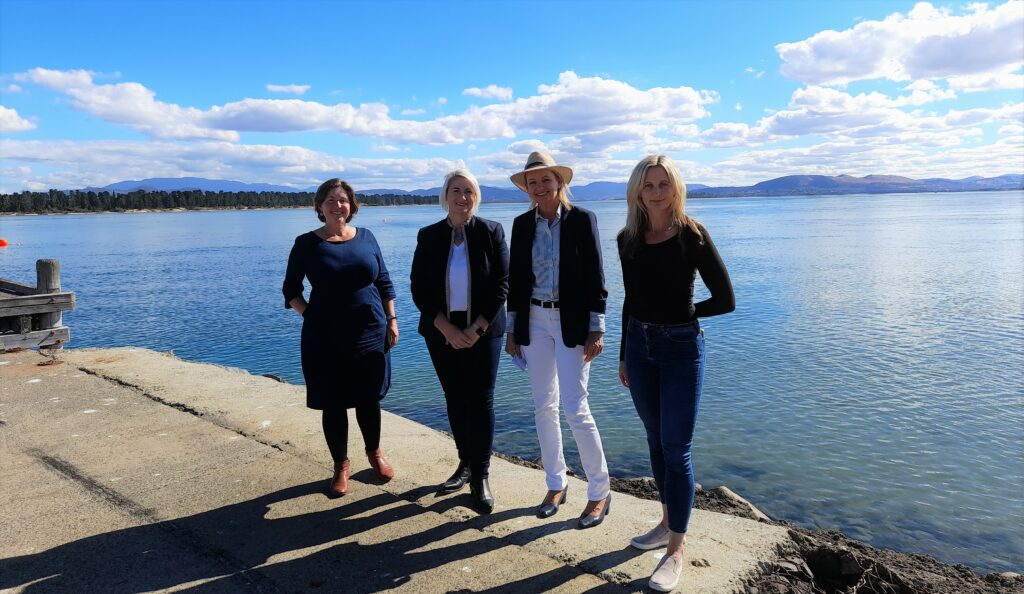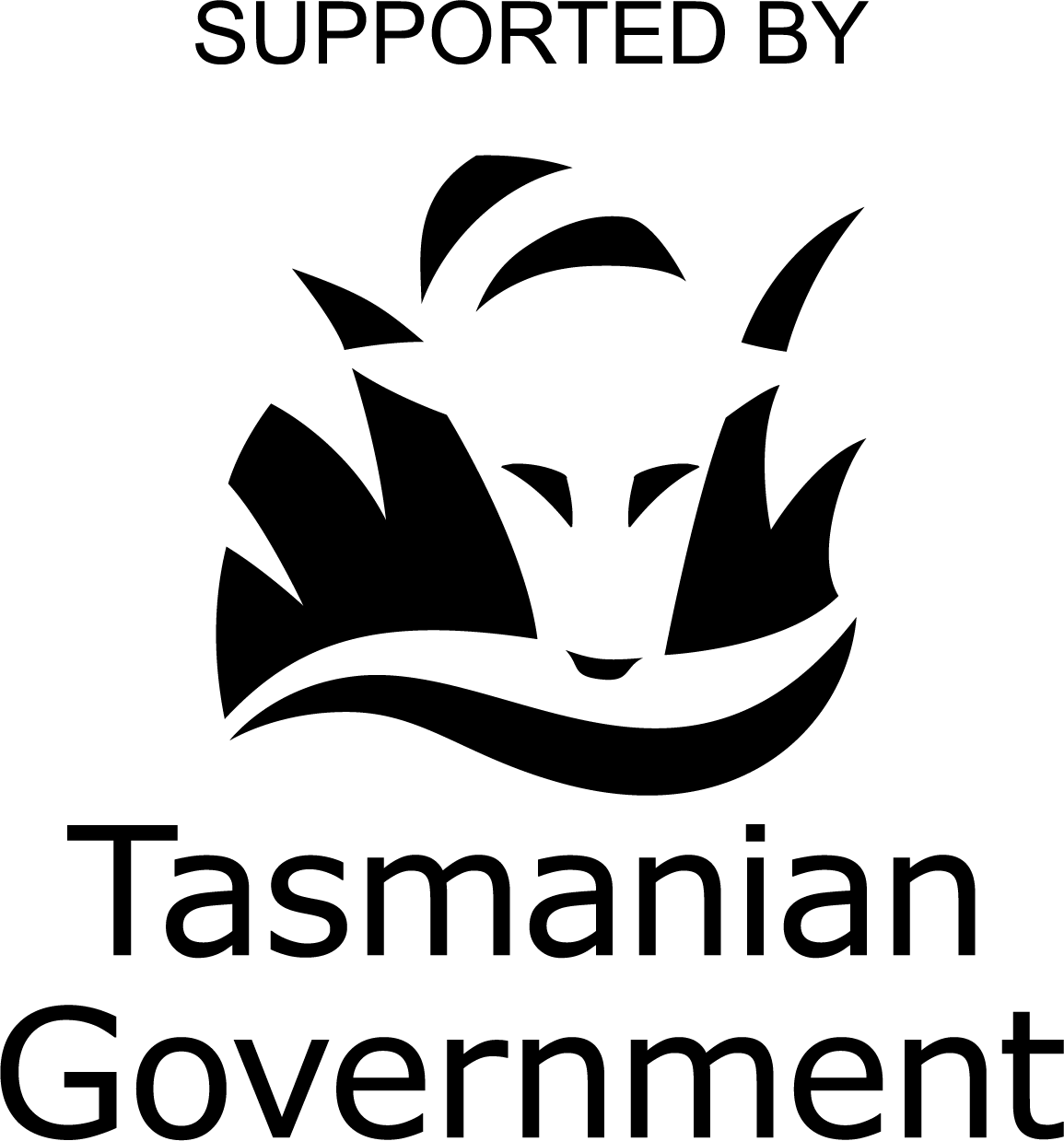Threatened Species Partnership Program
State Government support for threatened species conservation
In March 2025, NRM South received funding for conservation projects targeting two endemic and endangered Tasmanian species, the Burgundy Snail (Attenborougharion rubicundus) and Southport Heath (Epacris stuartii). Both of these species have a very limited range and are at risk of extinction.
The Tasmanian Government’s Threatened Species Fund was launched on 7 September 2024, to coincide with National Threatened Species Day. The Tasmanian Government is investing $2 million per year over four years to directly support conservation activities for priority threatened species. NRM South has received funding under ‘Strategic Partnerships’ stream of this funding round for two projects that will help build a picture of the current situation for Burgundy Snail and Southport Heath and recommend future steps for their ongoing protection.
A Safe Haven for the Burgundy Snail
With a speckled ruby-red body, and striking green fleshy shell, the Burgundy Snail lives in wet forest areas of the Tasman and Forestier Peninsulas. At home in the forest litter, this ‘semi-slug’ hides out amongst rolls of bark at the base of various eucalypt species.
Listed as rare, and with a very limited range, the Burgundy Snail is under threat from land clearing and bushfire. While surveys were carried out in 1999 and 2012, there have not been any follow-up surveys since then, and the impact of events such as the 2013 Dunalley bushfire and the pressures from ongoing timber harvesting and property development in the region are unknown. Through this project, we will provide recommendations for managing sites with Burgundy Snails to ensure any identified impacts are minimised.
What we’re doing
Through this project, NRM South is conducting follow-up monitoring at previous survey sites, and using the same methodology. These 40 sites cover a large area of wet forest – and around half of them were directly affected by the 2013 fires.
Once collected, this data will be analysed alongside previous survey data to try and answer the following questions:
- Have Burgundy Snail numbers recovered following the 2013 bushfire, and;
- Is timber harvesting having any effects on the long-term presence of Burgundy Snails at surveyed sites?
The answers to these questions, alongside management recommendations, will form part of a final report, with the aim of minimising impacts into the future and ensuring the ongoing survival of this unique and beautiful species.
Securing the Future for Southport Heath
Southport Heath, a small shrub with delicate five-pointed flowers, can be hard to distinguish amongst a sea of windswept, hardy coastal vegetation. But what makes it unique is that Southport Heath’s wild population is only found in one small area of Southport Bluff. There is also a second insurance population on nearby Southport Island, established in the early 2000s.
From 2020 – 2023, NRM South worked on a federally funded partnership project to help secure the future for this critically endangered species. At risk of extinction from the threat of weeds, fire, browsing animals and disease, our work with project partners addressed these risks through surveys, weed control, caging selected plants for seed collection and community awareness initiatives. Additional weeding work was carried out on Southport Island thanks to a Landcare Tasmania grant in 2024.
While we were able to make significant progress through these on-ground actions, there have been no follow-up surveys to assess the impact of weed control efforts. In addition, the risks presented by fire, weeds and disease remain and call for sustained and ongoing action to reduce and manage these threats.
What we’re doing
We will continue to progress outcomes for this species through the following actions;
- Weed removal and suppression.
- Testing for the presence of Phytophthora cinnamomi, a pathogen that can destroy plants by damaging their root systems.
- Supporting specialist training for Landcare volunteers to propagate Southport heath, increasing the number of personnel trained in how to cultivate this species.
As part of this project, a report detailing the condition of Southport Heath populations, the suitability of the firebreak and browser exclusion fencing in protecting these populations, weeding activities and future recommendations will be produced.
Project Timeline
This project will run over 2025



